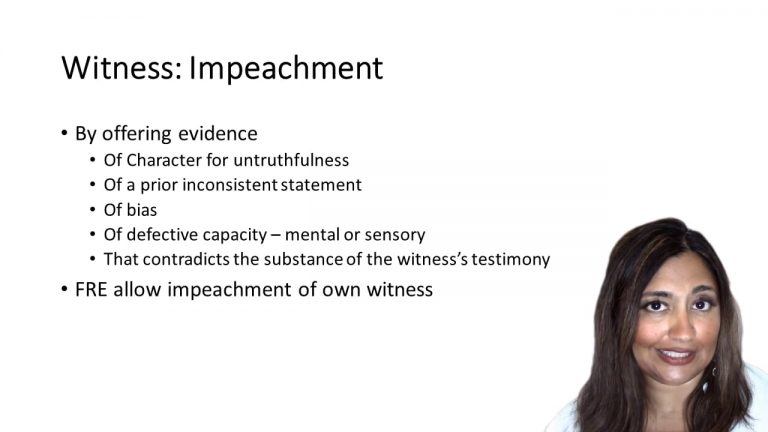SmartBrief
Confirm favorite deletion?
Evidence Keyed to Sklansky
Glaze v. Childs
Citation:
861 F.3d 724 (8th Cir. 2017)Facts
The plaintiff was a former detainee at the Faulkner County Detention Center. The plaintiff sued the defendant, a former correctional officer at the Center. the plaintiff alleged that the defendant violated his constitutional rights by failing to protect the plaintiff from a violent attack while detained. The plaintiff’s former cellmate testified that he warned the defendant that three inmates were planning to assault the plaintiff. The defendant denied that the cellmate told him about the planned attack.
Before trial, the district court granted the defendant’s motion in limine to exclude evidence that the defendant resigned from the center in lieu of accepting termination of his employment. The defendant had been accused of passing a cigarette to an inmate in violation of institutional policy. The plaintiff argued that the evidence was admissible under Rule 404(b) and 608(b). The district court did not agree.
Only StudyBuddy Pro offers the complete Case Brief Anatomy*
Access the most important case brief elements for optimal case understanding.
*Case Brief Anatomy includes: Brief Prologue, Complete Case Brief, Brief Epilogue
- The Brief Prologue provides necessary case brief introductory information and includes:
Topic:
Identifies the topic of law and where this case fits within your course outline.Parties:
Identifies the cast of characters involved in the case.Procedural Posture & History:
Shares the case history with how lower courts have ruled on the matter.Case Key Terms, Acts, Doctrines, etc.:
A case specific Legal Term Dictionary.Case Doctrines, Acts, Statutes, Amendments and Treatises:
Identifies and Defines Legal Authority used in this case.
- The Case Brief is the complete case summarized and authored in the traditional Law School I.R.A.C. format. The Pro case brief includes:
Brief Facts:
A Synopsis of the Facts of the case.Rule of Law:
Identifies the Legal Principle the Court used in deciding the case.Facts:
What are the factual circumstances that gave rise to the civil or criminal case? What is the relationship of the Parties that are involved in the case.Issue(s):
Lists the Questions of Law that are raised by the Facts of the case.Holding:
Shares the Court's answer to the legal questions raised in the issue.Concurring / Dissenting Opinions:
Includes valuable concurring or dissenting opinions and their key points.Reasoning and Analysis:
Identifies the chain of argument(s) which led the judges to rule as they did.
- The Brief Prologue closes the case brief with important forward-looking discussion and includes:
Policy:
Identifies the Policy if any that has been established by the case.Court Direction:
Shares where the Court went from here for this case.

 9m 7s
9m 7s